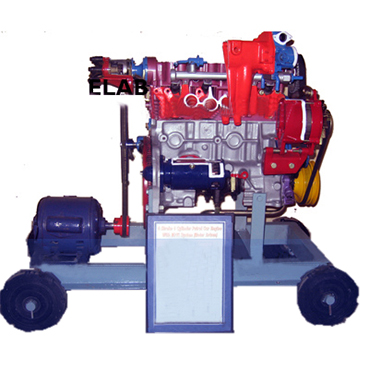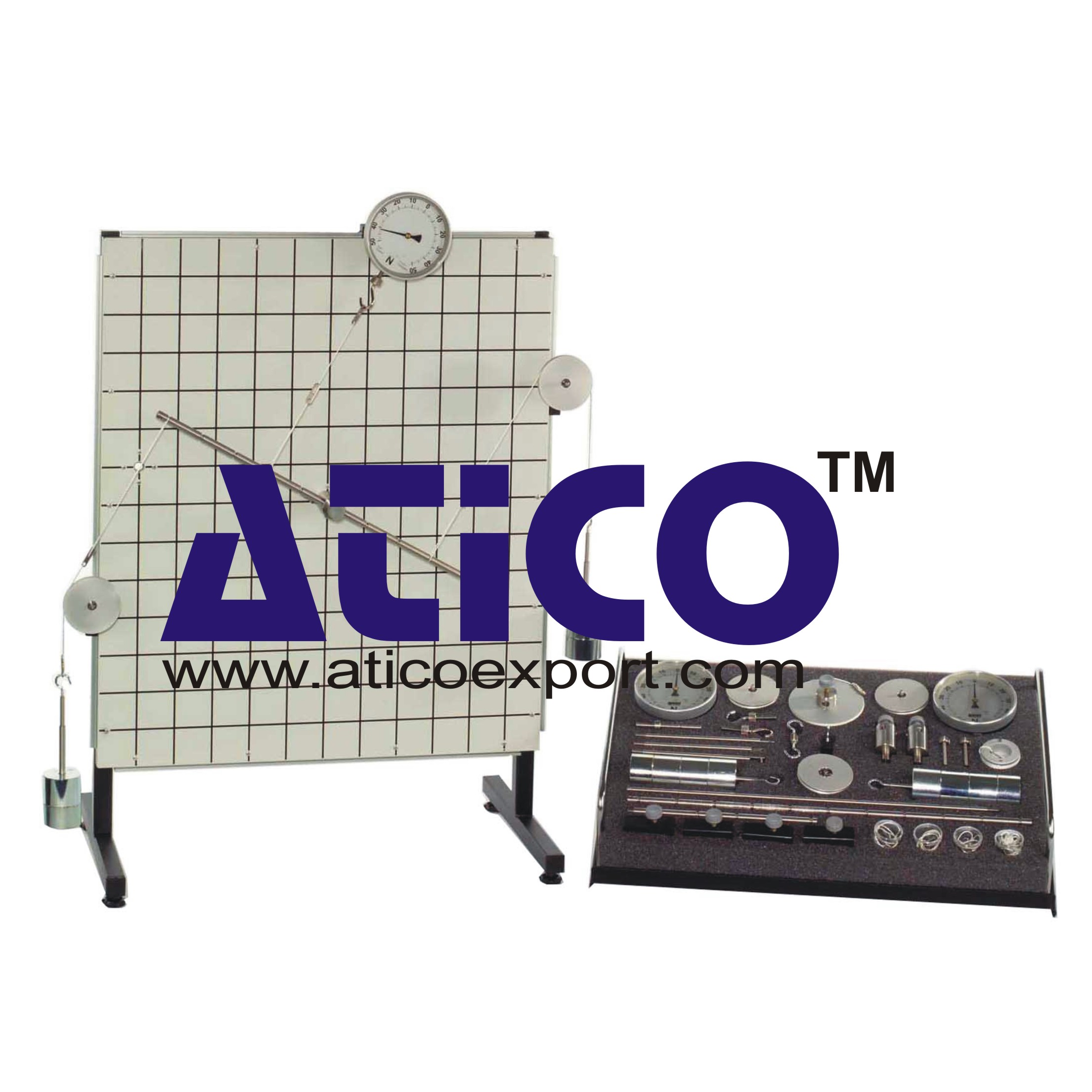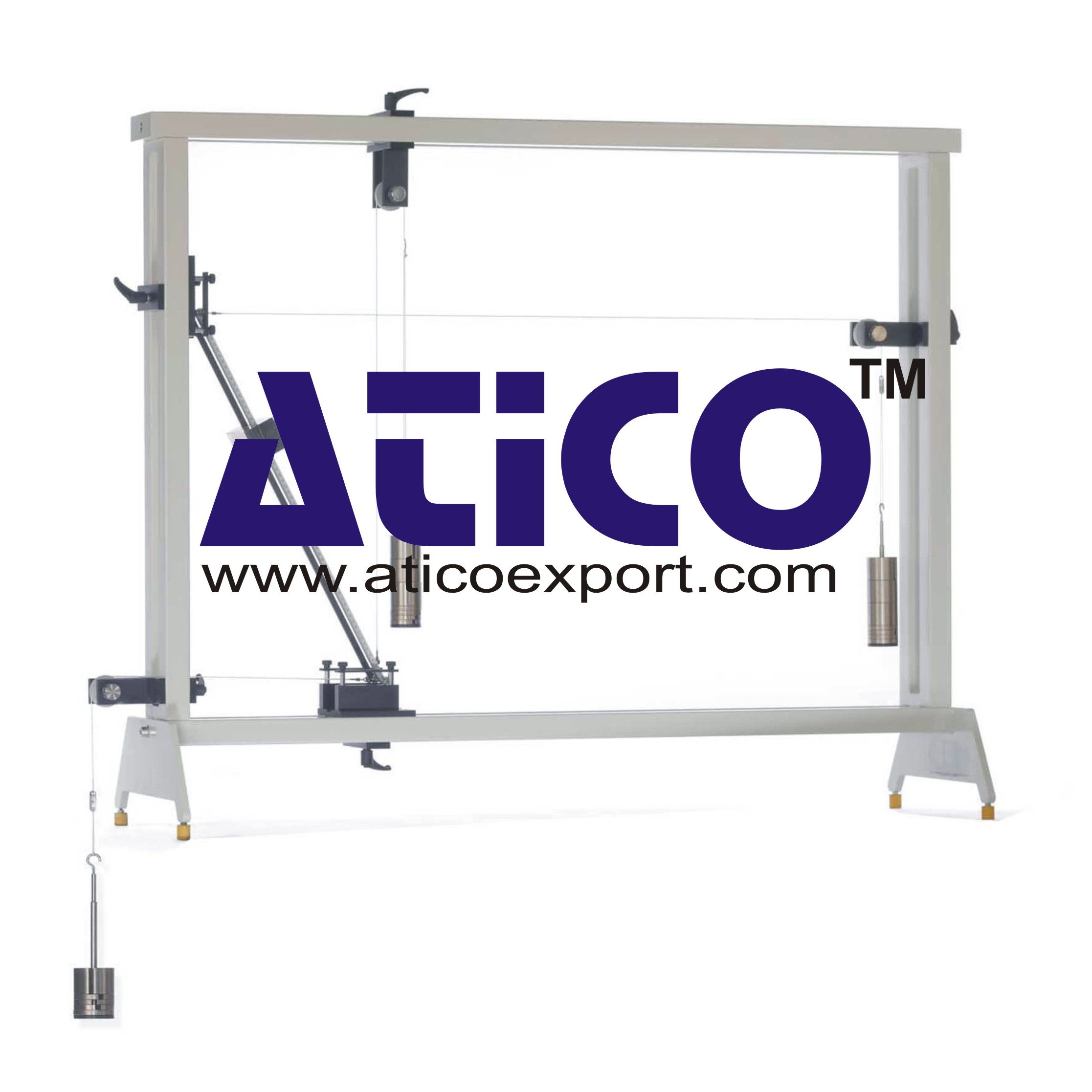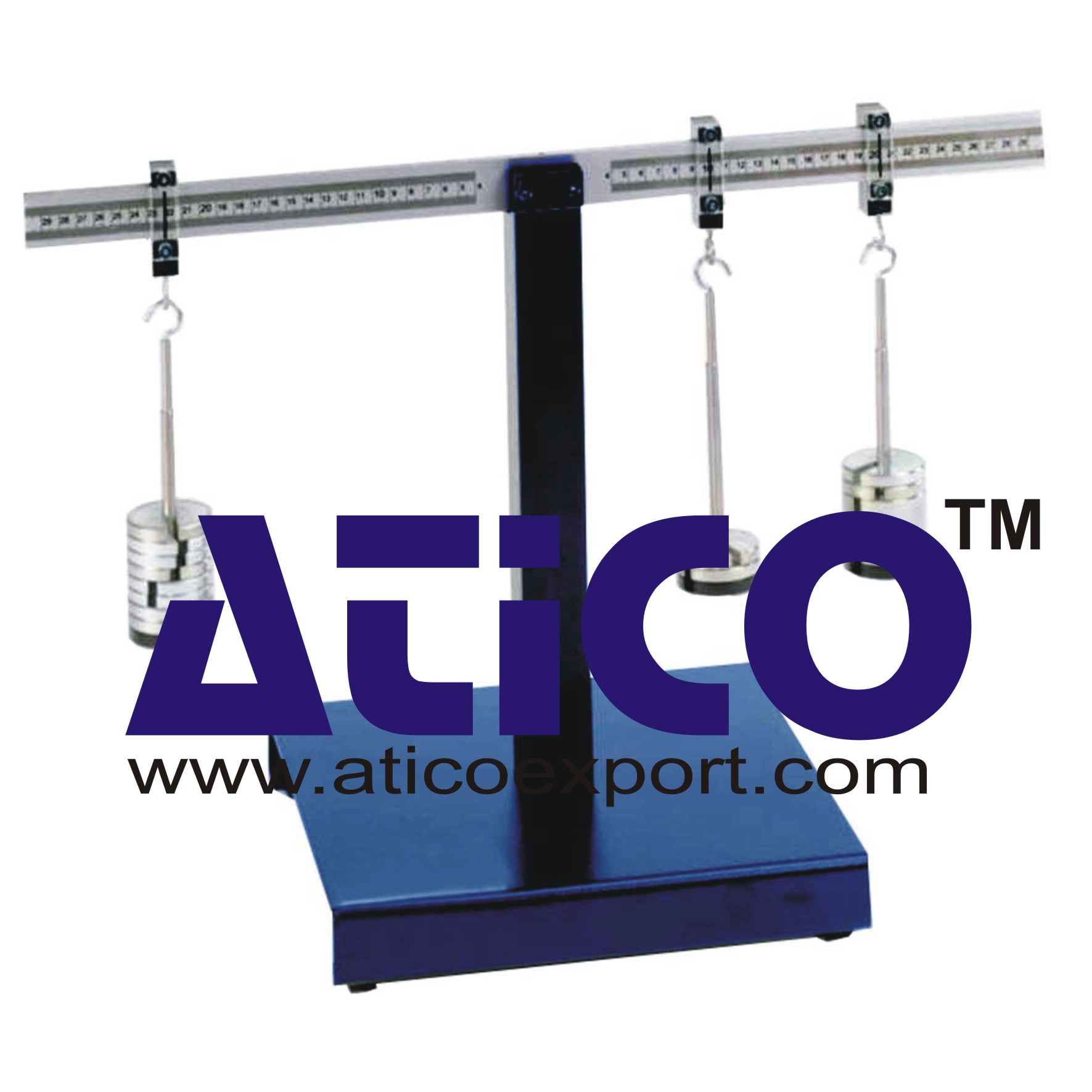Control Unit for Wind Power Plant
Categories: Engineering Lab EquipmentThe generation of power in wind power plants covers a significantly increasing proportion of energy needs worldwide. Both the conversion of the kinetic wind energy and the use and storage of the gener...
Product
Description
The generation of power in wind power plants covers a significantly increasing proportion of energy needs worldwide. Both the conversion of the kinetic wind energy and the use and storage of the generated electrical power are crucial aspects in this context.
It is a compact control unit for the mobile wind power plant. The electrical energy from the wind power plant it is fed into the stand-alone system of it, which is independent from the power grid.
The electrical energy is stored temporarily by means of a charge controller in an accumulator included in it. As soon as the accumulator is charged, the excess electrical energy is dissipated in fixed resistors. This overcharge protection is triggered when the defined end-of-charge voltage is reached. It is indicated on the charge controller by means of an LED lamp. The wind power plant will continue to run under these conditions, and can provide electrical energy again instantaneously when needed.
Learning objectives/experiments
In combination with the wind power plant :
Conversion of kinetic wind energy into electrical energy
Operating behaviour of a wind power plant under real weather conditions
Components, function and setup of a stand-alone system with a wind power plant
Energy balance of a stand-alone system with a wind power plant
Specification
Control unit for wind power plant in stand-alone operation
Connections for wind power plant and the accumulator in on the rear
Charge controller with overcharge protection with fixed resistors
2 lamps as electrical loads (consumers)
Detection and display of the wind velocity and rotor speed of IT
Detection of current and voltage at different points of the stand-alone system
Additional measuring points for current and voltage using the laboratory’s own measuring equipment
Technical data
Charge controller
nominal voltage: 12V
max. charging voltage: 14,2V
max. current: 40A
control procedure: PWM
Electrical load (2 lamps)
voltage: 12VDC
power: 55W each
Measuring ranges
wind velocity: 0,3…50m/s
speed: 0…3000min-1
voltage: 0…20VDC
current: 0…35A
230V, 50Hz, 1 phase
230V, 60Hz, 1 phase
120V, 60Hz, 1 phase
quick overview :
The generation of power in wind power plants covers a significantly increasing proportion of energy needs worldwide. Both the conversion of the kinetic wind energy and the use and storage of the generated electrical power are crucial aspects in this context.
It is a compact control unit for the mobile wind power plant. The electrical energy from the wind power plant it is fed into the stand-alone system of it, which is independent from the power grid.
The electrical energy is stored temporarily by means of a charge controller in an accumulator included in it. As soon as the accumulator is charged, the excess electrical energy is dissipated in fixed resistors. This overcharge protection is triggered when the defined end-of-charge voltage is reached. It is indicated on the charge controller by means of an LED lamp. The wind power plant will continue to run under these conditions, and can provide electrical energy again instantaneously when needed.
Learning objectives/experiments
In combination with the wind power plant :
Conversion of kinetic wind energy into electrical energy
Operating behaviour of a wind power plant under real weather conditions
Components, function and setup of a stand-alone system with a wind power plant
Energy balance of a stand-alone system with a wind power plant
Specification
Control unit for wind power plant in stand-alone operation
Connections for wind power plant and the accumulator in on the rear
Charge controller with overcharge protection with fixed resistors
2 lamps as electrical loads (consumers)
Detection and display of the wind velocity and rotor speed of IT
Detection of current and voltage at different points of the stand-alone system
Additional measuring points for current and voltage using the laboratory’s own measuring equipment
Technical data
Charge controller
nominal voltage: 12V
max. charging voltage: 14,2V
max. current: 40A
control procedure: PWM
Electrical load (2 lamps)
voltage: 12VDC
power: 55W each
Measuring ranges
wind velocity: 0,3…50m/s
speed: 0…3000min-1
voltage: 0…20VDC
current: 0…35A
230V, 50Hz, 1 phase
230V, 60Hz, 1 phase
120V, 60Hz, 1 phase
Product
Reviews
add Review
reviews
No Review Yet.
Copyrights © 2025 All Rights Reserved by Atico














Product
Reviews
add Review
reviews
No Review Yet.